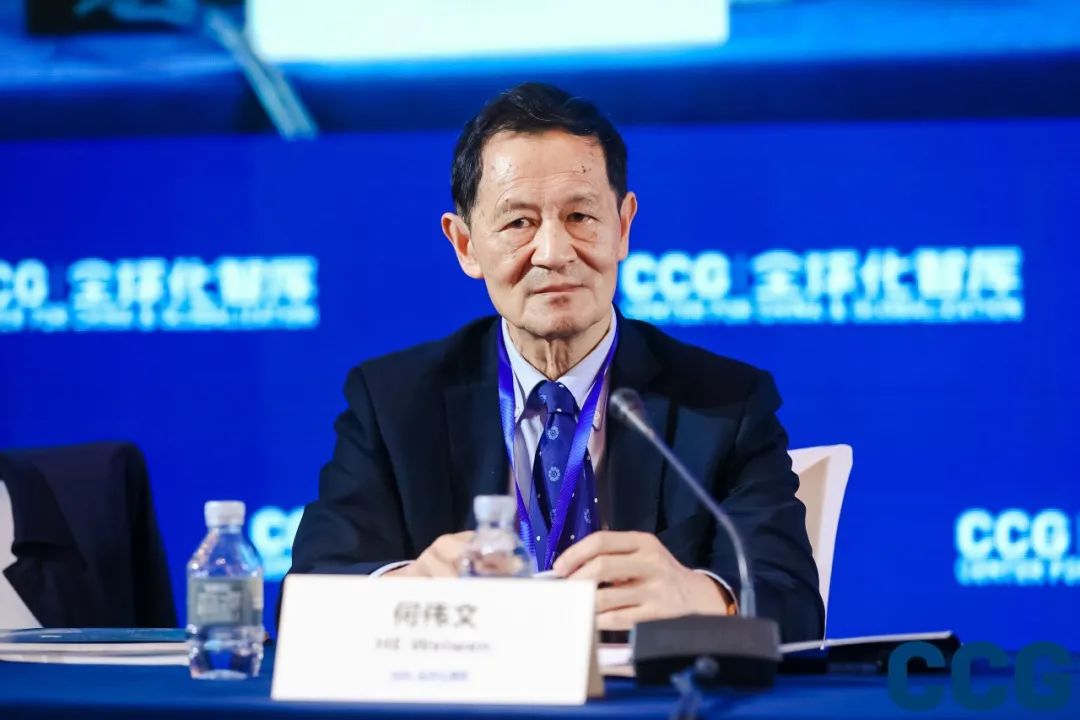He Weiwen: Lifting tariffs right choice for Biden
May 16 , 2022By He Weiwen, a senior research fellow at the Center for China and Globalization(CCG).
US President Joe Biden said on Tuesday that the White House could drop some of the Donald Trump-era tariffs on Chinese goods to lower consumer prices in the United States, according to CNBC. The White House is reviewing the punitive tariffs, and could opt to lift them altogether.
There have been constant appeals by a large number of business leaders to reduce, if not altogether lift, the tariffs on Chinese goods, to help reduce skyrocketing inflation in the US. And senior US officials, including Treasury Secretary Janet Yellen and more than 140 Congress members, have been discussing the issue for some time now.
The consumer price index in the US broke the 7 percent mark in December 2021, the highest since 1982, and has continued to increase since the start of 2022, hitting 7.9 percent in February and 8.5 percent in March, forcing the Federal Reserve to raise interest rates by 50 basis points on May 4, the largest rate hike in 22 years. The CPI for April is 8.3 percent, somewhat abated, though still high.
A week before Biden’s remarks, on May 3 to be precise, the US Trade Representative issued a notice on statutory four-year review of Section 301 tariffs on Chinese goods. It said that, according to the US Trade Expansion Act 1974, Section 301 tariffs on Chinese goods expire on July 6, so those that have benefited from the tariffs should submit their opinions on an extension before that date. If their requests are in favor of an extension, the tariffs will continue beyond July 6.
The Trump administration had imposed tariffs on Chinese goods in steps. The first group covered Chinese imports worth $34 billion (effective from July 6, 2018) and $16 billion (effective from Aug 23, 2018). The second group covered $200 billion worth of Chinese goods (effective from Sept 24, 2018), and the third $300 billion (effective from Sept 1, 2019 for the first batch and Dec 15, 2019, for the second batch, which were suspended due to the Phase I agreement). Hence, the statutory review for the rest of the tariffs will be completed only by Sept 1, 2023.
If the White House follows that course, the reduction in tariffs will be too small, too late to help reduce inflation. Instead, the right choice would be to lift the tariffs altogether.
First, the lifting of all the tariffs could quickly bring down the CPI in the US. A recent policy brief by the Peterson Institute of International Economies estimated that the removal of tariffs on Chinese goods including steel and aluminum could reduce the CPI by 1.3 percentage points.
The figure is close to that calculated by the Chinese government in a white paper issued in 2018. According to the white paper, the lifting of tariffs on low-cost imports from China will reduce the CPI in the US by 1 to 2 percentage points. Why? Because tariffs are paid by importers, not exporters, which in this case are US companies that pass the added cost down to the consumers, be they the downstream manufacturers or individual buyers.
A Moody’s study has found that 92.4 percent of the added tariffs on Chinese imports are borne by the US side. And a joint study by the US-China Business Council and Oxford Economics found that tariffs on Chinese imports had reduced the US’ GDP by $108 billion, or 0.5 percent, and household incomes by $88 billion in 2018-19.
Second, the tariffs have been of virtually no use in checking Chinese exports to the US. According to China customs data, Chinese exports to the US hit an all-time high in 2021-$576.11 billion, up 20.4 percent over 2018, when the previous record was set before the effects of the tariffs were felt.
Compared with 2020, Chinese exports to the US rose by 27.5 percent, more than that to ASEAN member states (26.1 percent) which didn’t impose any additional tariffs on Chinese goods. Since the US tariffs have made no difference to bilateral trade, what is the rationale of keeping them?
And third, the US is obliged to follow international rules. A World Trade Organization panel found that the Section 301 tariffs violate the General Agreement on Tariffs and Trade clauses and are thus illegal. As a member of the WTO, the US has no excuse to continue with the tariffs, still less to keep using them as a bargain. In fact, the PIIE policy brief said the US should pursue trade liberalization to reduce inflation.
Based on the three reasons, the correct choice for the Biden administration would be to swiftly lift all the punitive tariffs on Chinese goods. The move will result in three immediate benefits. It will help reduce the highest inflation in the US in 40 years, be a good gesture toward improving Sino-US trade relations, and a step in the right direction to show the US is back to following WTO rules.
From China Daily, 2022-5-16
Topical News See more







